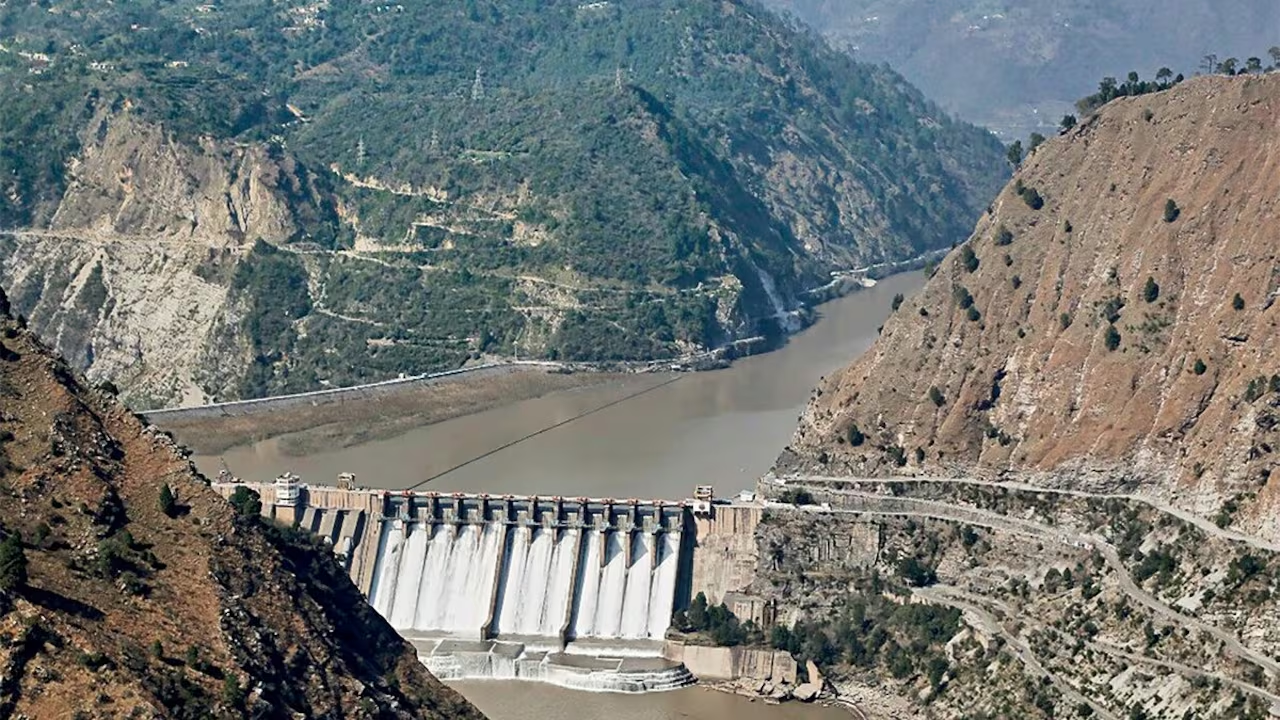- Courses
- GS Full Course 1 Year
- GS Full Course 2 Year
- GS Full Course 3 Year
- GS Full Course Till Selection
- Answer Alpha: Mains 2025 Mentorship
- MEP (Mains Enrichment Programme) Data, Facts
- Essay Target – 150+ Marks
- Online Program
- GS Recorded Course
- Polity
- Geography
- Economy
- Ancient, Medieval and Art & Culture AMAC
- Modern India, Post Independence & World History
- Environment
- Governance
- Science & Technology
- International Relations and Internal Security
- Disaster Management
- Ethics
- NCERT Current Affairs
- Indian Society and Social Issue
- NCERT- Science and Technology
- NCERT - Geography
- NCERT - Ancient History
- NCERT- World History
- NCERT Modern History
- CSAT
- 5 LAYERED ARJUNA Mentorship
- Public Administration Optional
- ABOUT US
- OUR TOPPERS
- TEST SERIES
- FREE STUDY MATERIAL
- VIDEOS
- CONTACT US
Mukundra Hill Tiger Reserve [MHTR]
Mukundra Hill Tiger Reserve [MHTR]
18-11-2023
![img-Mukundra Hill Tiger Reserve [MHTR]](https://i.filecdn.in/755esias/MukundraHillTigerReserveMHTR-1701414091378.png)
Context :
In early October 2023, The forest department in Jaipur launched jungle safaris at the Mukundra Hills Tiger Reserve.
About the MHTR:
- It is situated in [Bundi, Kota, Jhalawar & Chittorgarh ] Rajasthan and comprises three wildlife sanctuaries: Darrah, Chambal and Jawahar Sagar Wildlife Sanctuary.
- These hills form part of the Vindhya range and extend from river Chambal to Kalisindh.
- MHTR was declared a tiger reserve in 2013.
- It is one of the 5 of its kind in Rajasthan after Ranthambore,Sariska, Ramgarh vishdhari and Dholpur-Karauli Tiger Reserves
- The River Chambal, which flows through it, is a lifeline for the region and supports the Gharial, the Ganges River dolphin and Red-crowned roof turtle among others.
- The hill terrain is characterized by water ravines, deep valleys, and a dense forest patch , which provides a suitable ecosystem for tigers and other wildlife.
- It is home to diverse species including tigers, sloth bears, leopards and also Indian wolves.
- The forests fall under the category “Dry Deciduous Forest” ; Kala Dhok or Kaladhi is the predominant species alongwith Khair.
Significance in Conserving Biodiversity:
- By providing a protected habitat for endangered species like the Bengal tiger, the reserve contributes to the maintenance of a balanced ecosystem.
- The conservation efforts extend beyond tigers to benefit the entire food web and ecosystem dynamics.
- Additionally, the reserve serves as a living laboratory for researchers and conservationists, offering insights into wildlife behavior, habitat dynamics, and the impacts of conservation strategies.
Furthermore, recent steps like opening up the reserve for safari would promote ecotourism, raising awareness about the importance of biodiversity conservation. It serves as a model for sustainable development, demonstrating how human activities can coexist harmoniously with nature.



